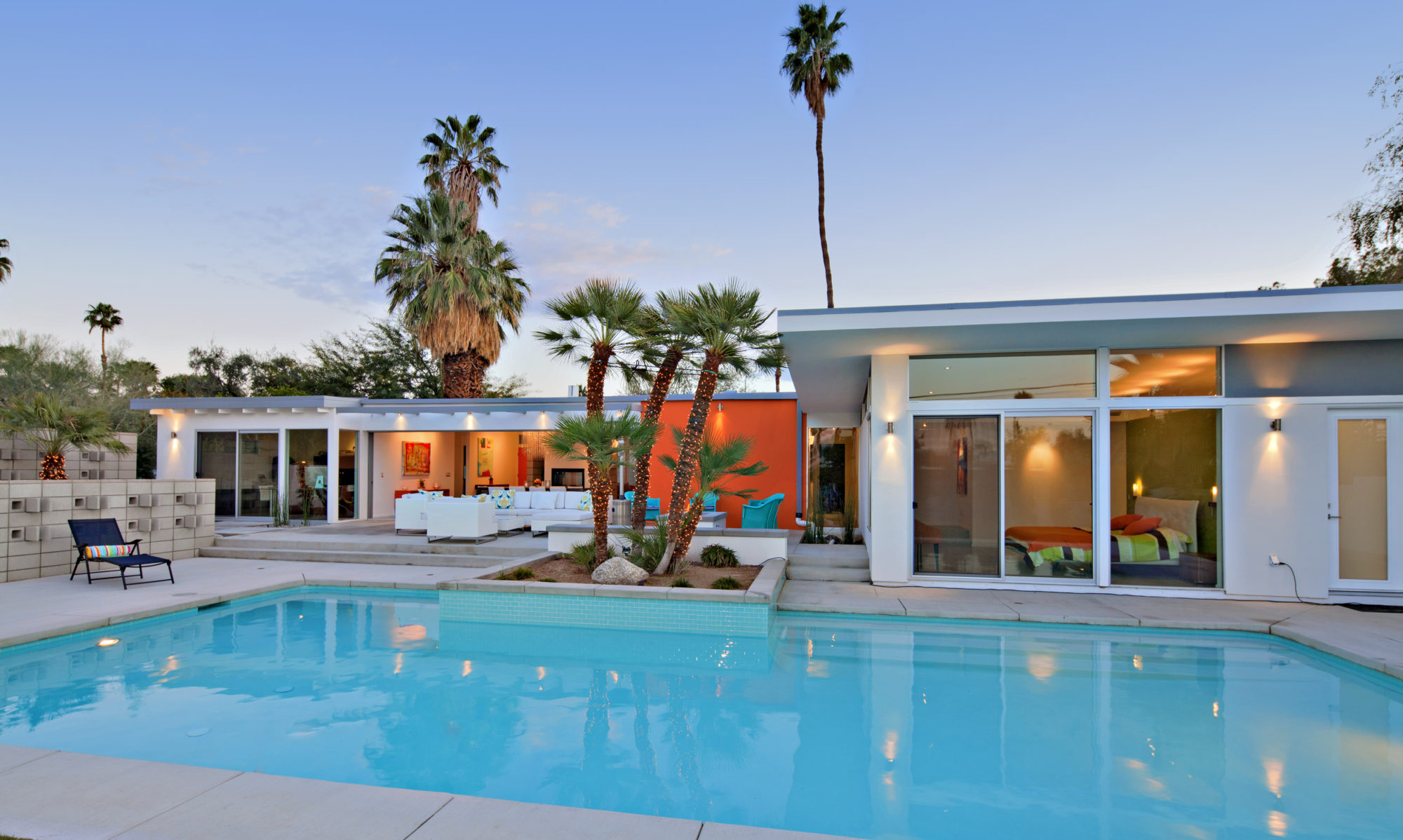We can’t really know, but there may be a reason that if they go lower, they won’t stay there. The long-term inflation rate of U.S. housing is around 2.5%. Let’s look at the Case-Shiller Home Price Index for some high-tier markets. The graph below has the Index for three western U.S. cities, with an added line that shows the normal long term rate of housing price inflation of about 2.5%.
This long term “normal” growth rate shows that home prices should be about 30% higher now than in 2000. Prices in Vegas and Phoenix have dropped below this long term value, and there should be upward pressure based on this historical trend. Higher than average inflation is expected and will further increase this upward pressure.
L.A. may be a bit different, as it may have been still feeling the effects of the 1990’s California bubble and recession when the Index base of year 2000 was established. If so, this might have raised the base home values in 2000, made the peak lower and therefore today’s index lower, closer to Phoenix and L.A. If this is not the case, L.A. may still be above the normal inflation value, and vulnerable to further declines.
In the Palm Springs area, homes that have devalued from about 35 to 50% may have hit bottom, at least in the long view of things. They may stay there until economic and employment conditions improve.
Wayne Longman








